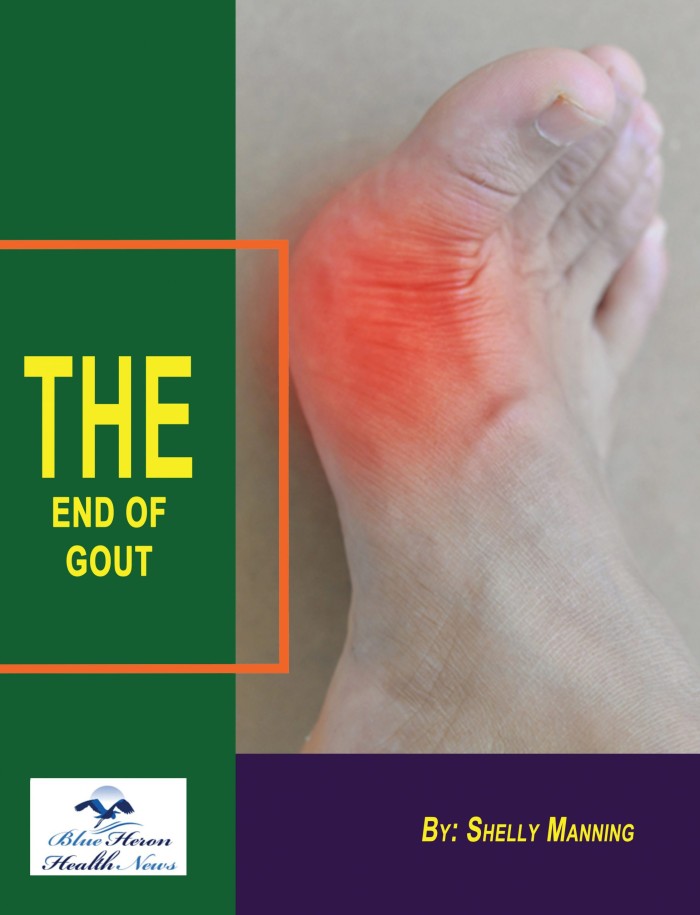
End Of GOUT Program™ By Shelly Manning The End of Gout Program is an intensive lifestyle guide and diet therapy to treat gout. It aids in minimizing and treating the uncomfortable and painful signs of gout naturally and safely. It will teach the impacted everything regarding the condition. This natural program eliminates triggers and factors that give rise to symptoms. The recommendations are honest, effective, safe, and science-based. The program treats you inside out with gout by attacking the cause. By just signing in, you get to access all the valuable information and make your life gout-free. The program has a 60-day money-back too for risk-free use. Several users have expressed their 100 percent satisfaction and results. Give it a try, and you are sure to be surprised by the fantastic results.
Can chronic gout lead to joint damage?
Yes, chronic gout can lead to joint damage if it is not properly managed over time. Gout is a type of arthritis that results from the buildup of uric acid crystals in the joints, leading to intense inflammation, pain, and swelling. When gout becomes chronic (i.e., repeated attacks over a long period), it can have significant effects on the affected joints. Here’s how chronic gout can lead to joint damage:
1. Formation of Tophi (Uric Acid Crystals):
- Tophi are large deposits of uric acid crystals that form in the joints and surrounding tissues. Over time, if uric acid levels remain high and gout attacks are frequent, tophi can develop. These deposits are often visible under the skin, especially around joints like the elbows, fingers, and toes.
- Tophi can lead to chronic inflammation, causing the surrounding tissues and joint structures to break down, which may result in joint deformities.
2. Chronic Inflammation:
- Recurrent gout attacks cause inflammation in the affected joint(s). When these attacks occur frequently and go untreated, the inflammatory response becomes prolonged. This sustained inflammation can damage the cartilage, bones, and other joint tissues.
- Chronic inflammation weakens the joint, making it more prone to structural damage over time, potentially leading to joint stiffness and loss of mobility.
3. Damage to Cartilage and Bone:
- Over time, the presence of uric acid crystals and ongoing inflammation can erode the cartilage in the affected joints. Cartilage is the smooth tissue that cushions the ends of bones, and when it wears away, the bones may rub against each other, causing pain, loss of joint function, and eventually bone damage.
- This damage can result in deformities in the affected joint, such as a bunion (in the case of gout in the big toe) or a hammer toe (in the case of gout affecting the smaller toes).
4. Reduced Joint Function:
- As gout attacks become more frequent and tophi develop, joint function can become increasingly impaired. This may lead to reduced range of motion, swelling, and pain that can interfere with daily activities.
- Severe, untreated gout can eventually result in disabling joint deformities, where the joint becomes deformed or unable to function normally.
5. Risk of Osteoarthritis:
- Chronic gout increases the risk of developing osteoarthritis in the affected joints. The constant irritation and damage caused by uric acid crystals can accelerate the wear and tear of joint cartilage, leading to the development of osteoarthritis, a degenerative condition that further affects joint health.
6. Other Complications:
- In rare cases, if gout is not well controlled, the damage can extend beyond the joints to the kidneys (resulting in kidney stones) or the heart (increasing the risk of cardiovascular diseases). These complications can further affect overall health and well-being.
Prevention and Management:
To avoid joint damage from chronic gout, it’s crucial to manage uric acid levels through:
- Medications: Doctors may prescribe medications to lower uric acid levels (e.g., allopurinol, febuxostat) or to treat gout attacks (e.g., colchicine, NSAIDs).
- Lifestyle Changes: Reducing purine-rich foods (e.g., red meats, shellfish), avoiding alcohol, staying hydrated, and maintaining a healthy weight can help lower uric acid levels.
- Monitoring Uric Acid Levels: Regular blood tests can help track uric acid levels and ensure they remain within a healthy range.
By managing gout early and consistently, joint damage can often be prevented or minimized, allowing individuals to maintain better joint health and quality of life.
End Of GOUT Program™ By Shelly Manning The End of Gout Program is an intensive lifestyle guide and diet therapy to treat gout. It aids in minimizing and treating the uncomfortable and painful signs of gout naturally and safely. It will teach the impacted everything regarding the condition. This natural program eliminates triggers and factors that give rise to symptoms. The recommendations are honest, effective, safe, and science-based. The program treats you inside out with gout by attacking the cause. By just signing in, you get to access all the valuable information and make your life gout-free. The program has a 60-day money-back too for risk-free use. Several users have expressed their 100 percent satisfaction and results. Give it a try, and you are sure to be surprised by the fantastic results.